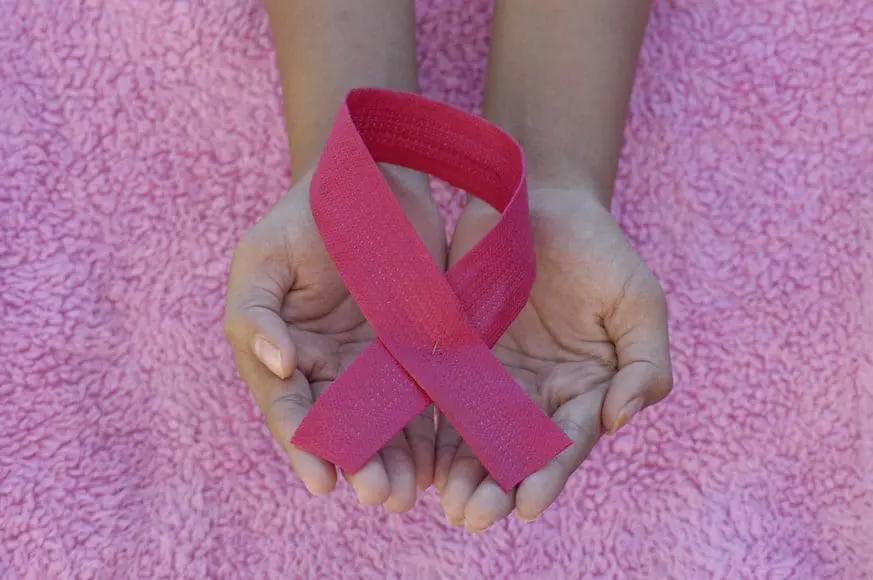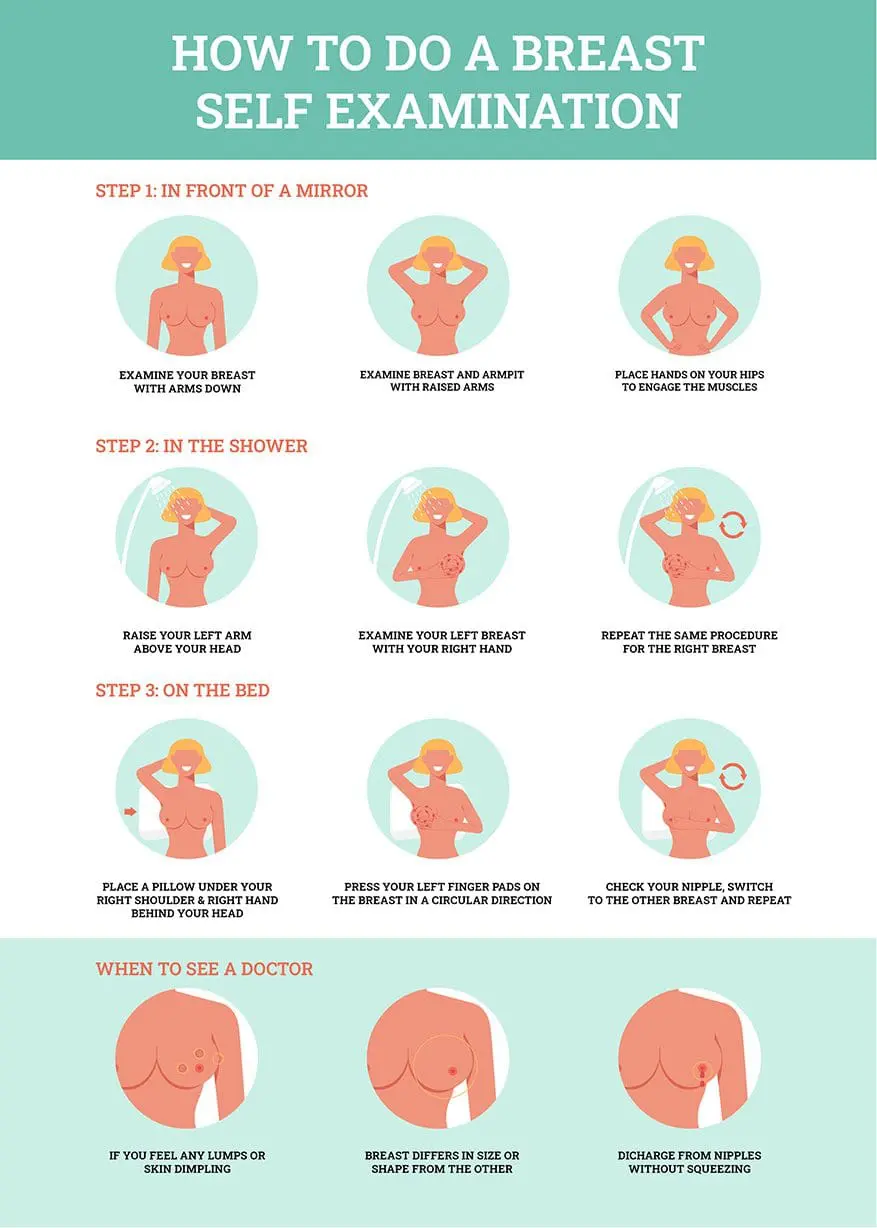
Congratulations you are a mum!
Breastfeeding is different for every mum and baby so don’t worry. It can be quicker for some than others. There are alternatives to breastfeeding but breastfeeding is encouraged for the first 6 months of a baby’s life (World Health Organisation 2021)
You can check your health and baby’s health on our Goodlife App.
Diet
You don’t need to follow a special diet during breastfeeding. Just eat a healthy diet which includes:
- At least five portions of fruit and vegetables a day. One portion is 80g of any fruit and vegetable but you need 5 portions for example, one portion of banana, one portion of spinach, one portion of carrots, one portion of mango and one portion of courgette! So you could spread your portions out across the day but It should make up to one-third of your diet a daily.
- Starchy foods such as potatoes and rice should make up the other one-third of your diet.
- Plenty of fibre which is found in your vegetables and fruit along with your starchy foods
- Protein, such as chicken, lean meat and two portions of fish are recommended a week.
- Dairy foods, such as milk, cheese and yoghurt
- Drink plenty of fluids
Tip. Vegetables and fruit along with your starchy foods are your main food groups because this is where you will get the majority of your energy from. Think about the plate you have in front of you Every plate you have should have one third veg and fruit, one third starchy foods and the rest is filled with protein and dairy or dairy alternatives. But be mindful about the amount of calories and vitamins.
Nutrients
What nutrients you need as a mum:
A healthy balanced diet will provide all of the nutrients your body needs during breastfeeding. If you would like some advice, you could speak to a qualified nutritionist at one of our Goodlife stores and get a vitamin test all for free. Some of the nutrient requirements have additional amounts to make sure there is enough in your breastmilk for your baby whilst meeting your body requirements. You can do this by adding a bit more of the food sources below to your diet, or supplements are available from our Goodlife stores if your diet can’t meet the recommended requirements.
Water soluble Nutrients
| Type of Nutrient |
What it does |
Recommended amounts: |
Recommended additional amounts |
Sources: |
| Thiamin (B1) |
Helps the development of the baby’s nervous system. |
0.8 mg/d |
0.2mg/d |
Whole grains, nuts, meat, fruit and vegetables |
| Riboflavin (B2) |
Release energy from food and important for heart health |
1.1 mg/d |
0.5 mg/d |
Mushrooms, milk, eggs, legumes and green vegetables. |
| Niacin (B3) |
Release energy from food and prevents pellagra |
13 mg/d |
2mg/d |
Meat, wheat, eggs, dairy products. |
| B12 |
Plays a role in the nervous system. |
1.5 ug/d |
0.5mg/d |
Meat, fish, cheese, eggs, milk |
| Folate |
Helps in healthy blood cell formation and role in nerves system. |
200 ug/d |
60 ug/d |
Green leafy vegetables, peas, bananas, oranges. |
| Vitamin C |
Protects cells from damage and aids Iron absorption. |
40mg/d |
30 mg/d |
Citrus fruits, berries, green leafy vegetables, peppers |
Fat Soluble Vitamins
| Type of Nutrient |
What it does |
Recommended amounts: |
Sources: |
| Vitamin A |
Eye health, cell growth and helps immune system. |
Diet should contain 350ug. |
Carrots, green leafy vegetables, dairy products, milk, mangoes and apricots |
| Vitamin K |
Normal blood clotting and bone structure. |
Safe intakes 1ug/kg/d |
Green leafy vegetables, dairy products and meat. |
| Vitamin E |
Protects cells from oxidative damage |
Safe intake is 3mg/d but depends on your calorie intake. |
Vegetable oils, nuts and seeds. |
Supplements you want to include:
Vitamin D
The amount of vitamin D found in breast milk correlates with the diet. The diet can’t meet requirements so 10 ug/d is recommended. You can find an array of supplements at our Goodlife stores but if you are not sure which one to get, you are always welcome to ask for advice in one of our shops or online! We would be happy to help 😃
A few little tips and hints for breastfeeding:
- Hydrate!
- The baby’s suckling will stimulate your milk supply and the amount.
- Learn a bit more about positioning and attachment by asking your nurse, midwife or doctor.
- Learn your baby’s cues when he or she is hungry and getting enough milk.
- Nursing pillows might make it more comfortable.
- Wear comfortable breastfeeding clothes such as a poncho or a nursing bra could help.
- Skin-to-skin contact will help the baby feel calm and warm.
- Some supplements might help stimulate your milk supply.
- Wear breast pads, this can stop your clothes becoming wet from breast milk.
- Nipple cream for sore or itchy nipples.
- Find the right type of breast pump for you. It could be manual or electric.
- Don’t forget about the milk storage bag after using a breast pump. You can get different sizes or storage bottles.
- Sterilize bottles and bottle teats! You can get sterilising fluid or tablets
- Different size feeding bottles and teats.
- Nipple shields or protectors.
- You can find supplements, breast pads, nipple cream and breast pumps, milk storage bag , storage bottles, nipple shields, sterilising fluid or tablets at one of our Goodlife stores.
What are the benefits of breastfeeding for your baby?
- It will help you and your baby bond.
- There is a natural, satiety hormones in breast milk that will make your baby feel full, this is beneficial in the long term because it might reduce the risks of childhood obesity.
- Breast feeding is the best and natural source of nutrients for the baby because it’s safe for their kidneys and digestive tract.
- Protein is easy to digest from breastmilk.
- Contains enzymes which could improve baby’s digestion.
- It has inflammatory mediators that can help the baby fight infection as their immune system develops.
- Breast milk also has an amino acid that helps develop the brain and retina.
What are the benefits of breastfeeding for mums?
- It might help you lose weight.
- It is a natural contraceptive for up to 6 months. If you continuously breastfeed.
- Might reduce the risks of type 2 diabetes
- Might reduce the risk of breast cancer.
What should you avoid during breastfeeding?
- Smoking : reduces milk volume and your baby could die of sudden infant death syndrome
- Illicit drugs : Will have the same harmful effects on the baby like it does on the mother.
- Alcohol : can reduce the baby’s hunger and reduce the production of milk.
- Caffeine : might make baby’s irritable.
- Medicinal Drugs : Ask about possible side-affects that could occur during breastfeeding because some medicinal drugs are compatible but others not. You can ask a Goodlife pharmacist or ask for a doctor to come to one of our Goodlife stores for a consultation.
What about everyday personal care for Mum and Baby?
A gentle reminder for mums, try not to forget about your personal care routine. It might get very hectic once you have a little one and you might be new to motherhood! Remember to maintain your hygiene by
- Cleaning your face and moisturize!
- Washing your hair, body and clean your nails.
- Brush your teeth.
Carry deodorant, lip balm, tissues and face wet wipes (and baby wipes) in your bag. These few essentials could be very useful! Not to mention a water bottle. Stay hydrated.
For your baby, you have to be careful of the products you use, as your baby’s skin is very sensitive! Products that are gentle for baby’s is important so they don’t have a allergic reaction.
A few essentials that you might like to get for your baby but make sure they are designed for baby’s!
- Diapers
- Nappy ointment
- Baby shampoo
- Baby bubble bath
- Baby wet wipes
- Baby moisturising lotion (used daily)
- Baby powder.
- Baby sun cream.
Topical products to prevent or treat:
- Baby creams to helps treat eczema, rashes, cuts and grazes.
- Baby jelly to prevent dry, itchy or rough skin.
Accessories:
- Neck chew Bib.
- Baby nose cleaner.
Others:
You can find these products at one of our Goodlife stores. But it’s important to be advised by a pharm tech or beautician to avoid any allergic reactions from these topical products. It will also help you understand the different choices of products 😃



